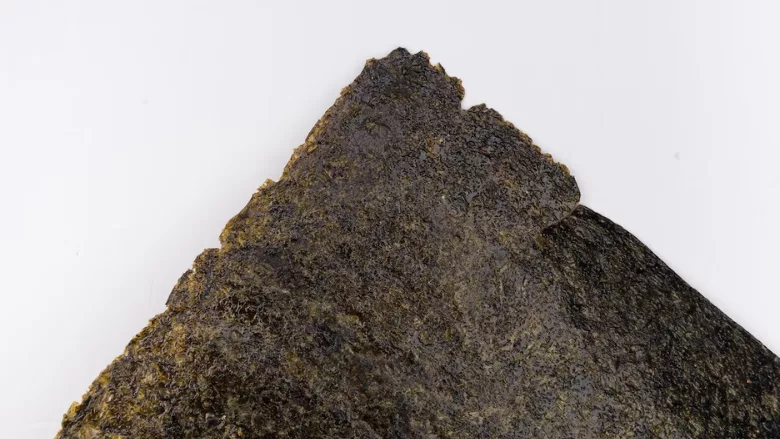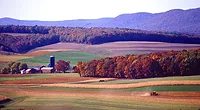Nordic Countries Work Toward Common Approach to Seaweed Food Safety

Credit: Markus Winkler (markuswinkler) via Unsplash
A joint Nordic project, which kicked off in 2020 with the goal of developing a common Nordic approach to seaweed food safety risk management, has recently concluded with a report that focuses on the chemical and microbiological hazards associated with the commodity. The report was written by food safety regulatory representatives from Norway, Denmark, Sweden, Iceland, and the Faroe Islands.
According to the report, seaweed is the biggest aquaculture product in the world, yet there are still no international standards on food safety, such as Codex Alimentarius standards or guidelines. The EU is also lacking specific legislation on food safety for seaweed, and little is known about the commodity’s potential risks and benefits to human health. Therefore, the present project aimed to establish a common Nordic approach to seaweed food safety, taking into consideration European and global differences in tradition, food culture, production methods, seawater quality, and types of seaweed species used.
The most crucial food hazards relevant for seaweed harvested in the Nordic countries are iodine, cadmium, and inorganic arsenic. Iodine is an essential micronutrient, but both insufficient and excessive intake may pose health problems. Some food products based on seaweed contain very high levels of iodine, which is why iodine is classified as a hazard in the report. Other important food hazards identified in the report are lead and mercury, Bacillus in heat-treated products, kainic acid in dulse (sea lettuce flakes), and allergens.
Regarding iodine and heavy metals, levels can vary greatly between and within seaweed species, and can be affected by age, growing conditions, and processing methods. In general, throughout the Nordic countries, brown algae have the highest iodine content, with the highest levels found in the species sugar kelp, winged kelp, oarweed, and tangle. Red and green algae species have lower levels of iodine than the brown algae, except for the red algae wrack siphon weed. Oarweed can have exceptionally high levels of inorganic arsenic, while cadmium levels are highest in several brown and red algae.
The authors of the report strongly recommend the development of harmonized food safety legislation on seaweed, for which there is none currently within the EU. In such legislation, seaweed should be classified as a specific group of food, with subgroups for different seaweed species. More knowledge is required, but the Nordic report can serve as a guideline both for the European Food Safety Authority (EFSA) and industry.
Looking for quick answers on food safety topics?
Try Ask FSM, our new smart AI search tool.
Ask FSM →








